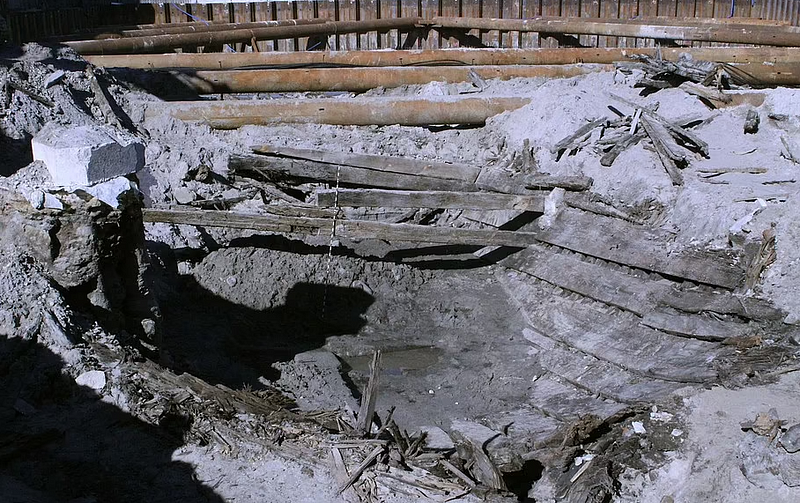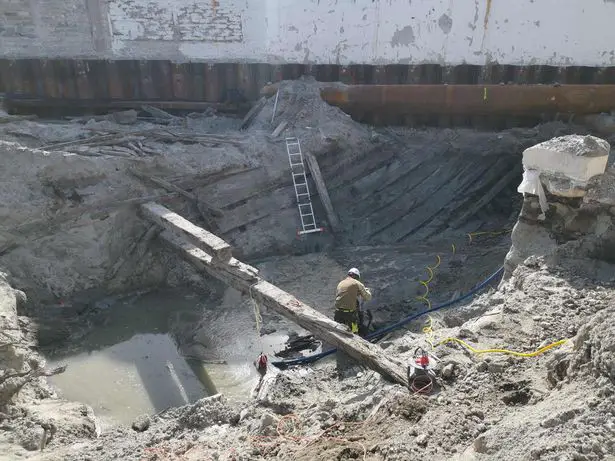 any years ago sailor ships were the main means of transportation used to help people travel around the world and most important trade goods from one end to another. A good portion of the ships that have sailed on Earth’s waters ended up at the bottom of oceans due to hostile actions or natural catastrophes. Only a few well-preserved ships are kept in naval museums, whilst most rest at the bottom of the ocean.
any years ago sailor ships were the main means of transportation used to help people travel around the world and most important trade goods from one end to another. A good portion of the ships that have sailed on Earth’s waters ended up at the bottom of oceans due to hostile actions or natural catastrophes. Only a few well-preserved ships are kept in naval museums, whilst most rest at the bottom of the ocean.
An interesting archeological discovery took place during construction work in Tallinn, Estonia. Whilst workers were digging to construct the foundation for a new building, they discovered an 80-foot-long vessel that is thought to be a Hanseatic cog from the 13th century.

The hull of the vessel had been discovered to be almost intact and very well preserved in the ground compared to other similar ships discovered in the past. Archaeologist Mihkel Tammet has done a dendrochronology test on the wood and the results show that the shipwreck dates back to 1298.
“It is built using massive oak logs and planks. The ship has overlapping planking, sealed with animal hair and tar. We have found wool material used for packing, we have also found some tools and fragments of medieval leather shoes. Excavations are ongoing and we hope to find more. This area was still under the sea in the 18th century,” (Quote by Mihkel Tammet)
Based on historical data, despite the strange location where the shipwreck was discovered, in the 18th century, this location was still underwater and it was only reformed in the early 20th century for infrastructure to be developed. The location itself is quite close to Tallinn harbor. In 2008 another similar wreck had been discovered only 50 meters away.
The ship was found 1.5m underground, showing that despite the age of the ship, the wreck itself may have not been as old as experts may think. Mihkel Tammet thinks that the ship could have been the victim of underwater sand ridges that were difficult to map as they frequently changed their location due to ice drifts and storms. There was no technology at the time to allow sailors to identify such ridges.
What is very interesting about this ship is that it has been identified as part of the Hanseatic League, a powerful trading network stretching from England to Russia. During the 13th century, this league had arguably one of the largest economical powers in the world from trading goods and luxuries. Ships that were part of this league were made to last hundreds of years and resist countless storms.
A representative of the company EHC Lootsi OÜ confirmed that the ship was found on their land but provided no further comment. It is predicted that the construction of the new office building will be delayed at least two months until the whole ship gets unearthed and carefully moved to a different location. It is very interesting to see such discoveries and how long they last surprisingly.
Avid Writer with invaluable knowledge of Humanity!
Upcoming historian with over 30 million views online.
“You make your own life.”





